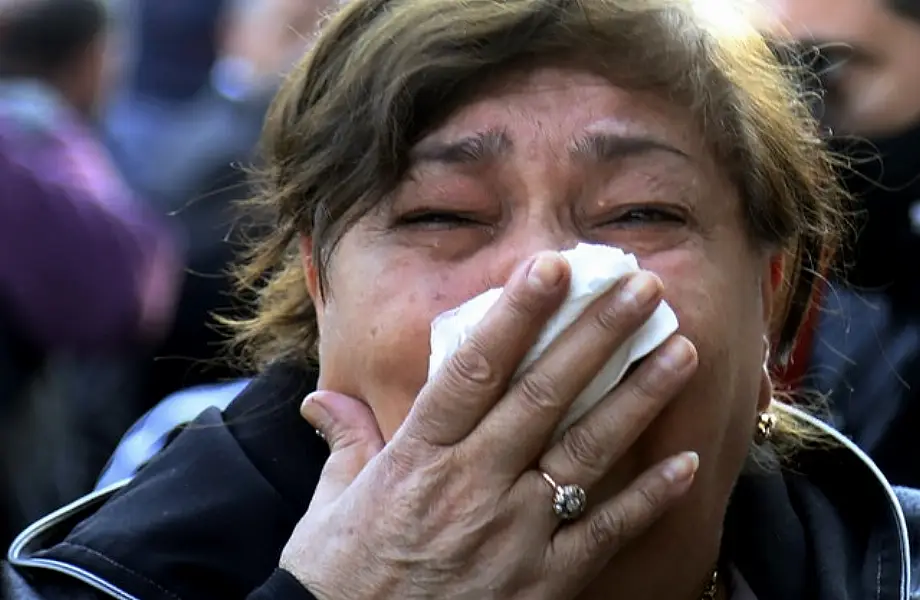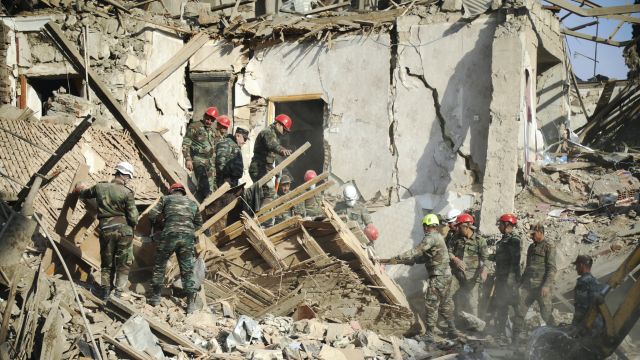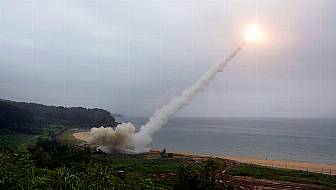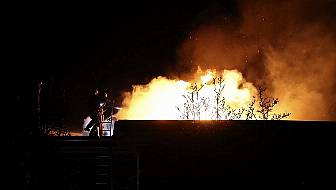The ceasefire came into effect on Saturday, but was immediately challenged by mutual claims of violations that persisted throughout the weekend and continued on Monday.
Armenian Defence Ministry spokeswoman Shushan Stepanian said Azerbaijani forces were “intensively shelling the southern front” of the conflict zone.
Azerbaijan’s Defence Ministry, meanwhile, insisted that Azerbaijan was observing the ceasefire but accused Armenian forces of shelling the Goranboy, Terter and Agdam regions of Azerbaijan that lie around Nagorno-Karabakh.

The recent bout of fighting between Azerbaijani and Armenian forces started on September 27 and has left hundreds of people dead in the biggest escalation of the decades-old conflict over Nagorno-Karabakh since a separatist war there ended in 1994. The region lies in Azerbaijan but has been under control of ethnic Armenian forces backed by Armenia.
The foreign ministers of Armenia and Azerbaijan signed a truce in Moscow after Russian President Vladimir Putin had brokered it in a series of calls with Azerbaijani President Ilham Aliyev and Armenian Prime Minister Nikol Pashinian.
The ceasefire took effect at noon on Saturday, after talks in Moscow that were sponsored by Russian foreign minister Sergey Lavrov. The deal stipulated that the ceasefire should pave the way for talks on settling the conflict.
If the truce had held, it would have marked a major diplomatic coup for Russia, which has a security pact with Armenia but has also cultivated warm ties with Azerbaijan.







